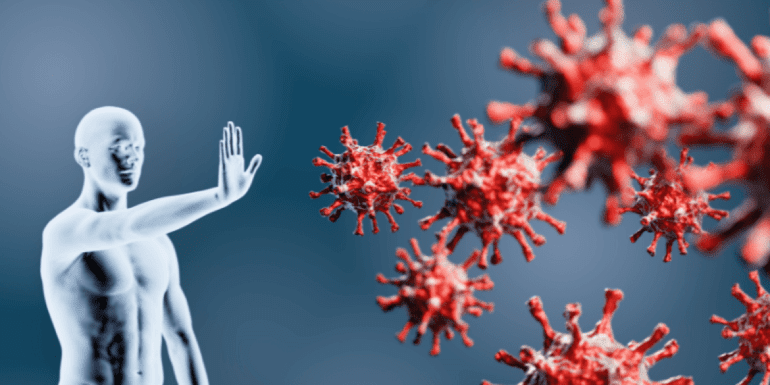TL;DR:
- Scientists have mapped the HLA class II molecules responsible for immune system recognition.
- HLA molecules signal the presence of foreign invaders to immune cells.
- The rules governing which protein fragments are displayed have been unclear due to HLA diversity.
- The 20-year effort resulted in a complete mapping of HLA class II.
- Different HLA variants affect health, influencing autoimmune diseases, transplant outcomes, and treatment responses.
- Large-scale datasets and machine learning were used to predict HLA functions.
- This achievement paves the way for targeted immunotherapy treatments and a deeper understanding of the immune system.
Main AI News:
In a groundbreaking achievement detailed in a recent publication in Science Advances, researchers have successfully unraveled a central component of the immune system – the HLA class II molecules – while making precise predictions about how these molecules present pathogen fragments on cell surfaces. The immune system, which comes to our rescue when we fall ill, relies on our cells to signal the presence of foreign invaders on their surface. This critical function is facilitated by human leukocyte antigen (HLA) molecules, specialized proteins that alert the immune system to potential threats.
“When a cell becomes infected, its contents are concealed from the immune system, which resides outside the cell. HLA class molecules, by capturing fragments of proteins from the intracellular pathogen, transport and display them on the cell’s surface. If these fragments deviate from the norm, the immune system triggers a response that leads to the destruction of the infected cell,” explains Morten Nielsen, a professor at DTU Health Technology and the corresponding author of the research paper.
However, the specific rules governing which protein fragments are displayed and their associated properties have remained elusive due to the vast diversity of HLA variants. With over 50,000 potential ways to present protein fragments, deciphering this complexity has been a longstanding challenge. Morten Nielsen, who has dedicated two decades to studying HLA, has played a pivotal role in advancing treatments aimed at bolstering the immune system’s ability to combat various diseases, including cancer.
The recently published paper, titled “Accurate prediction of HLA class II antigen presentation across all loci using tailored data acquisition and refined machine learning,” marks a significant milestone. Collaborative efforts from scientists at DTU, the University of Oklahoma, Leiden University, and pureMHC have culminated in the completion of the entire HLA class II system mapping, referred to as the “specificity tree” in the paper.
This monumental achievement, 20 years in the making, was not without its challenges. HLA class II molecules exhibit substantial variability between individuals due to genetic differences. Consequently, various individuals possess distinct HLA variants that recognize different segments of pathogens. Moreover, these HLA variants can influence our health in diverse ways, making some individuals more susceptible to autoimmune diseases, organ transplant rejection, or affecting their responsiveness to treatments like vaccines and drugs.
The complexity deepens with each HLA class II molecule composed of an alpha and beta part, originating from three different gene groups: DR, DP, and DQ. Additionally, the alpha and beta parts can derive from the same gene or different chromosomes. Previously, it was assumed that a comprehensive understanding of DRB1, a primary gene within the DR group, was sufficient. However, it has become evident that other HLA class II molecules play crucial roles in autoimmune disorders, organ transplant acceptance, and potential treatments for various diseases, prompting increased interest in developing immunotherapy strategies targeting these molecules.
Despite the challenges posed by the myriad combinations within the HLA class II system, Morten Nielsen and his team employed large-scale datasets and tailored machine learning frameworks to shed light on how these genes impact our health. By analyzing extensive datasets encompassing a wide array of HLA class II molecules and their specificities, they improved their ability to accurately predict their functions.
“Twenty years ago, we were examining 500 data points from one molecule, but we soon discovered that there were underlying patterns. We didn’t need to measure everything. Gradually, our understanding grew in tandem with technological advancements. We’ve progressed from our initial study on a single molecule to our latest research, which encompasses 50,000 molecules, all meticulously described,” highlights Morten Nielsen.
Conclusion:
The successful mapping of the HLA class II landscape represents a significant milestone in immune system research. This breakthrough opens opportunities for the development of highly targeted immunotherapy treatments, potentially revolutionizing the healthcare market by offering more effective disease management strategies and personalized medicine approaches.

